Advice on Basement Veggie Setup
jeremysobczak
16 years ago
Related Stories

REMODELING GUIDESContractor Tips: Advice for Laundry Room Design
Thinking ahead when installing or moving a washer and dryer can prevent frustration and damage down the road
Full Story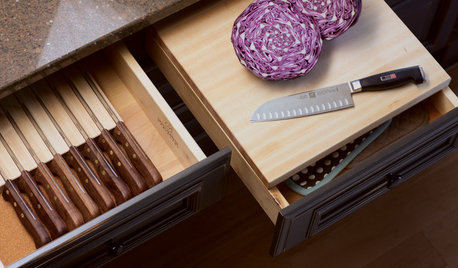
KITCHEN STORAGEKnife Shopping and Storage: Advice From a Kitchen Pro
Get your kitchen holiday ready by choosing the right knives and storing them safely and efficiently
Full Story
BATHROOM DESIGNDreaming of a Spa Tub at Home? Read This Pro Advice First
Before you float away on visions of jets and bubbles and the steamiest water around, consider these very real spa tub issues
Full Story
HEALTHY HOMEHow to Childproof Your Home: Expert Advice
Safety strategies, Part 1: Get the lowdown from the pros on which areas of the home need locks, lids, gates and more
Full Story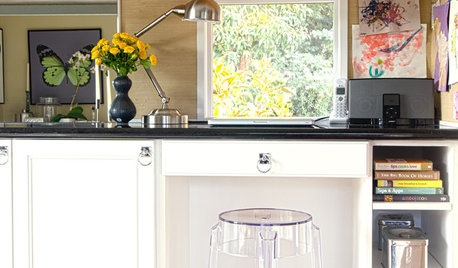
KITCHEN DESIGNHome Setups That Serve You: Designing the Kitchen
Crayons near the silverware? A printer on the counter? Go ahead — if your kitchen doesn't cater to your needs, it's not doing its job
Full Story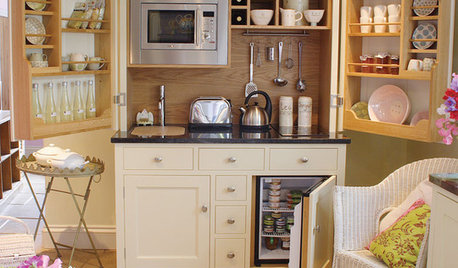
SMALL KITCHENS12 Kitchenettes for Convenience and Compact Living
Keep drinks and noshes at the ready with a pared-down kitchen setup that works for homes of all sizes
Full Story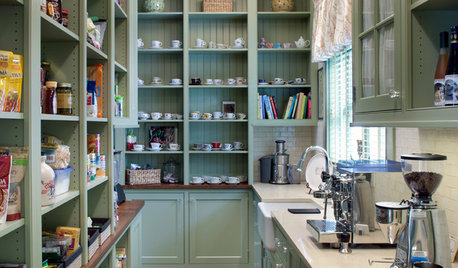
KITCHEN STORAGEShow Us Your Hardworking Pantry
Do you have a clever and convenient kitchen storage setup? Throw some light on the larder and share your pictures and strategies
Full Story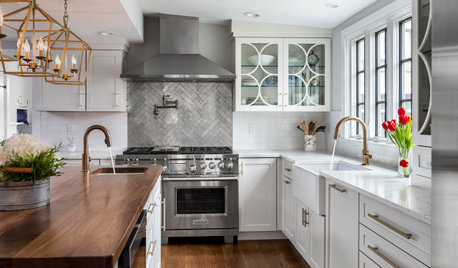
KITCHEN DESIGN8 Ways to Configure Your Kitchen Sink
One sink or two? Single bowl or double? Determine which setup works best for you
Full Story
KITCHEN DESIGNKey Measurements to Help You Design Your Kitchen
Get the ideal kitchen setup by understanding spatial relationships, building dimensions and work zones
Full Story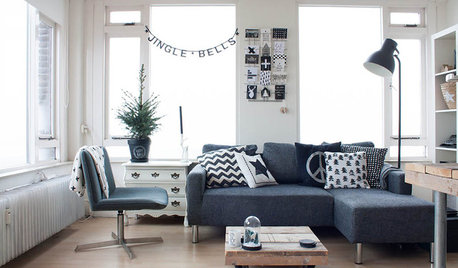
FURNITUREWhat to Know Before You Buy a Sectional
Learn about sizes, arm setups, seat types and more to get the right sectional for your space
Full StorySponsored
More Discussions






dcarch7 d c f l a s h 7 @ y a h o o . c o m
dancinglemons
Related Professionals
Citrus Heights Landscape Architects & Landscape Designers · Eden Prairie Landscape Architects & Landscape Designers · Franconia Landscape Architects & Landscape Designers · Simi Valley Landscape Architects & Landscape Designers · Forest Hills Landscape Contractors · Parker Landscape Contractors · Peoria Landscape Contractors · Casselberry Landscape Contractors · Suisun City Landscape Contractors · Arroyo Grande Fence Contractors · Homestead Fence Contractors · Orangevale Fence Contractors · Little Rock Roofing & Gutters · Marietta Roofing & Gutters · Black Forest Roofing & Gutterscardiocrinium
jeremysobczakOriginal Author
dcarch7 d c f l a s h 7 @ y a h o o . c o m
jeremysobczakOriginal Author
shrubs_n_bulbs
shrubs_n_bulbs
jeremysobczakOriginal Author
dcarch7 d c f l a s h 7 @ y a h o o . c o m
dcarch7 d c f l a s h 7 @ y a h o o . c o m
jeremysobczakOriginal Author
belleville_rose_gr
lainc
fredhood
watergal
cardiocrinium
philos9